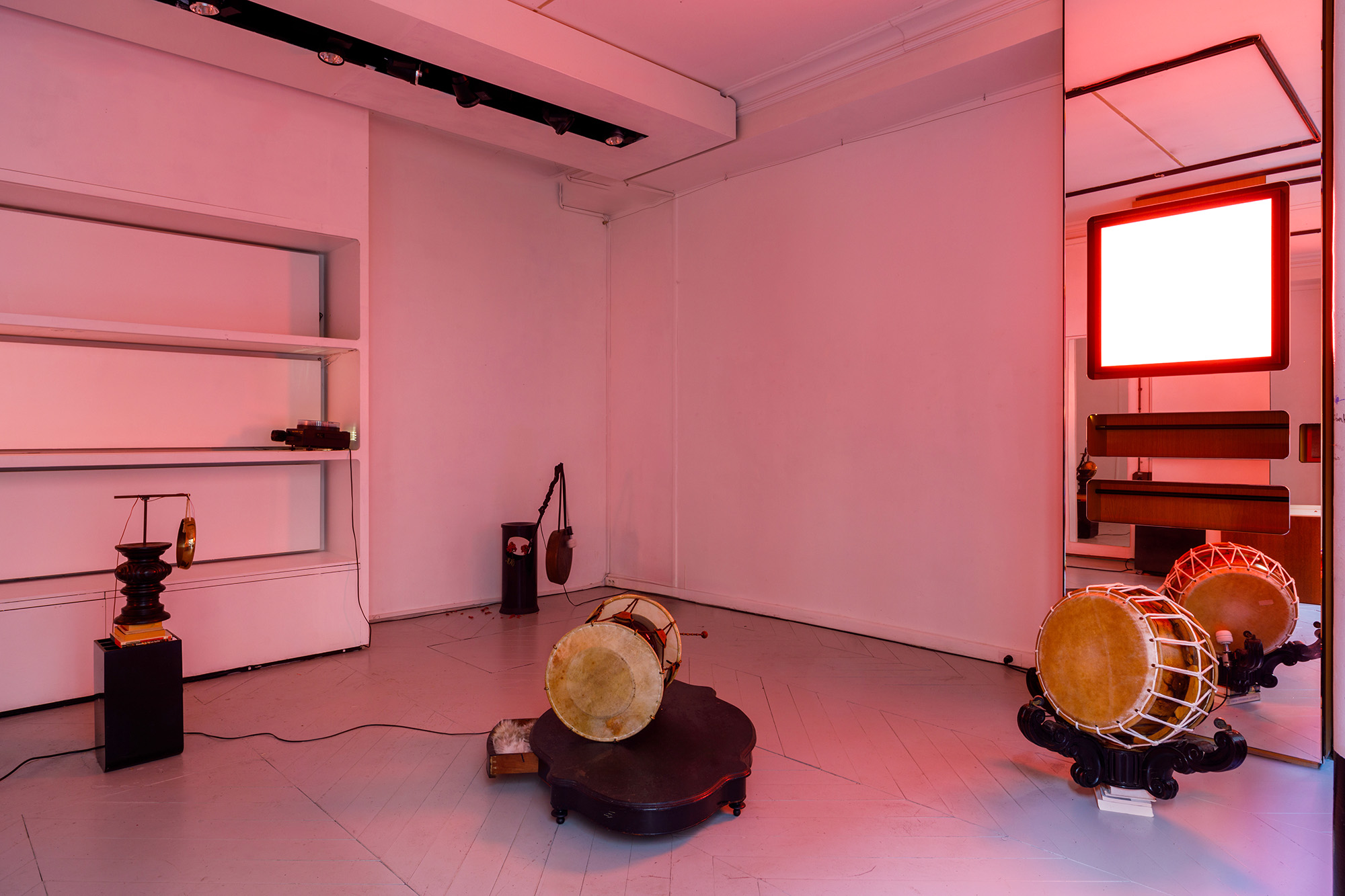
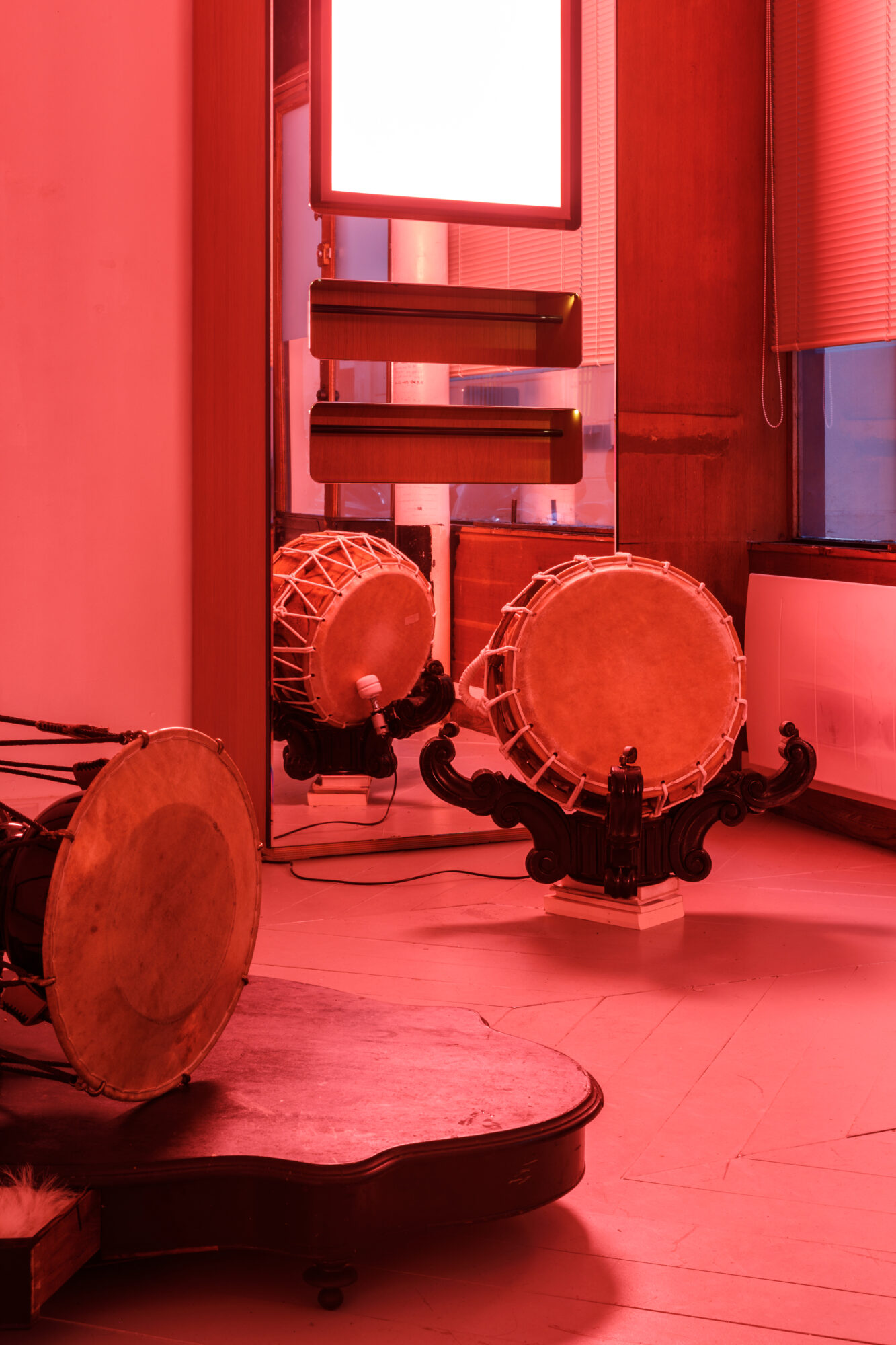
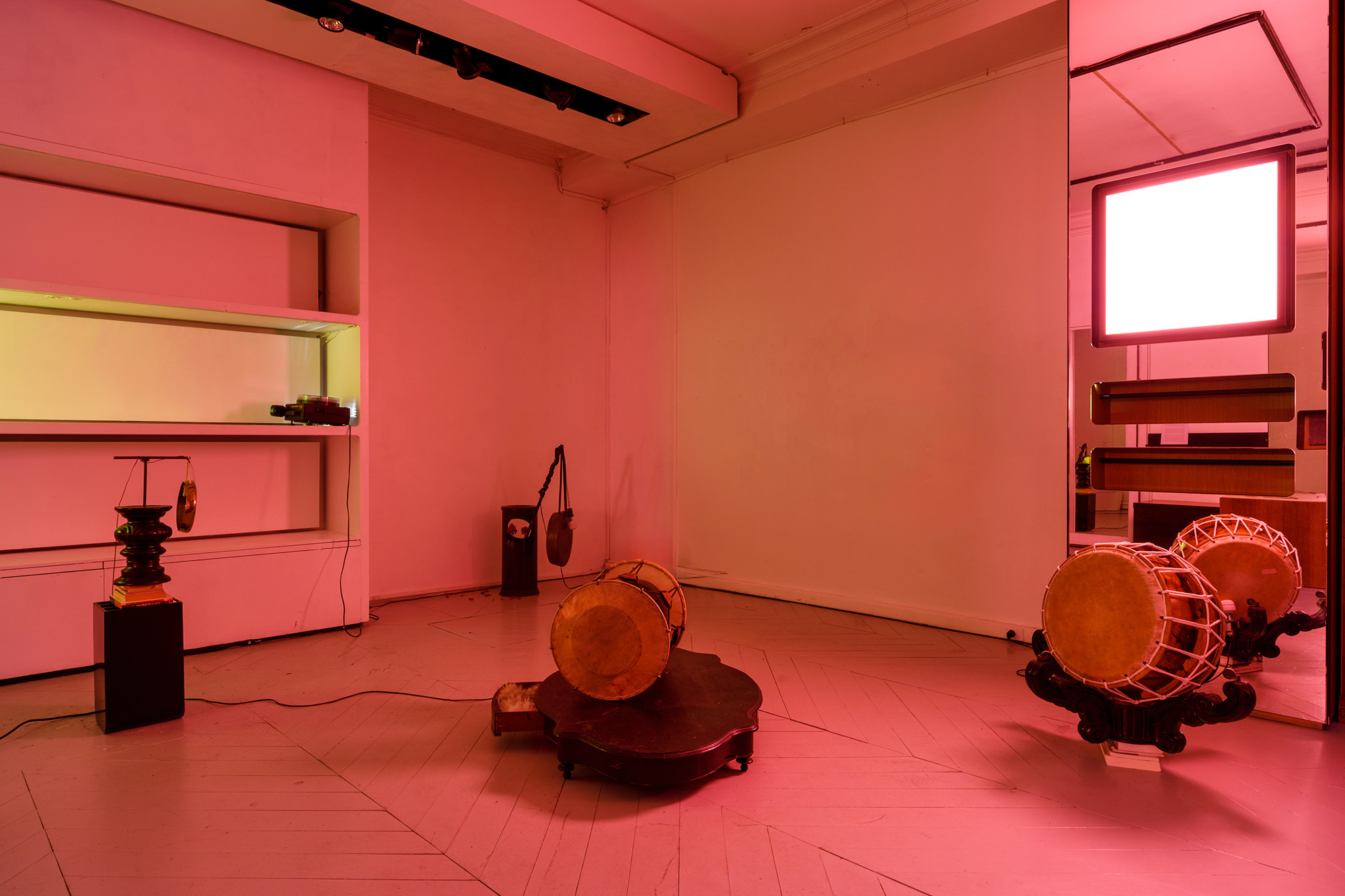
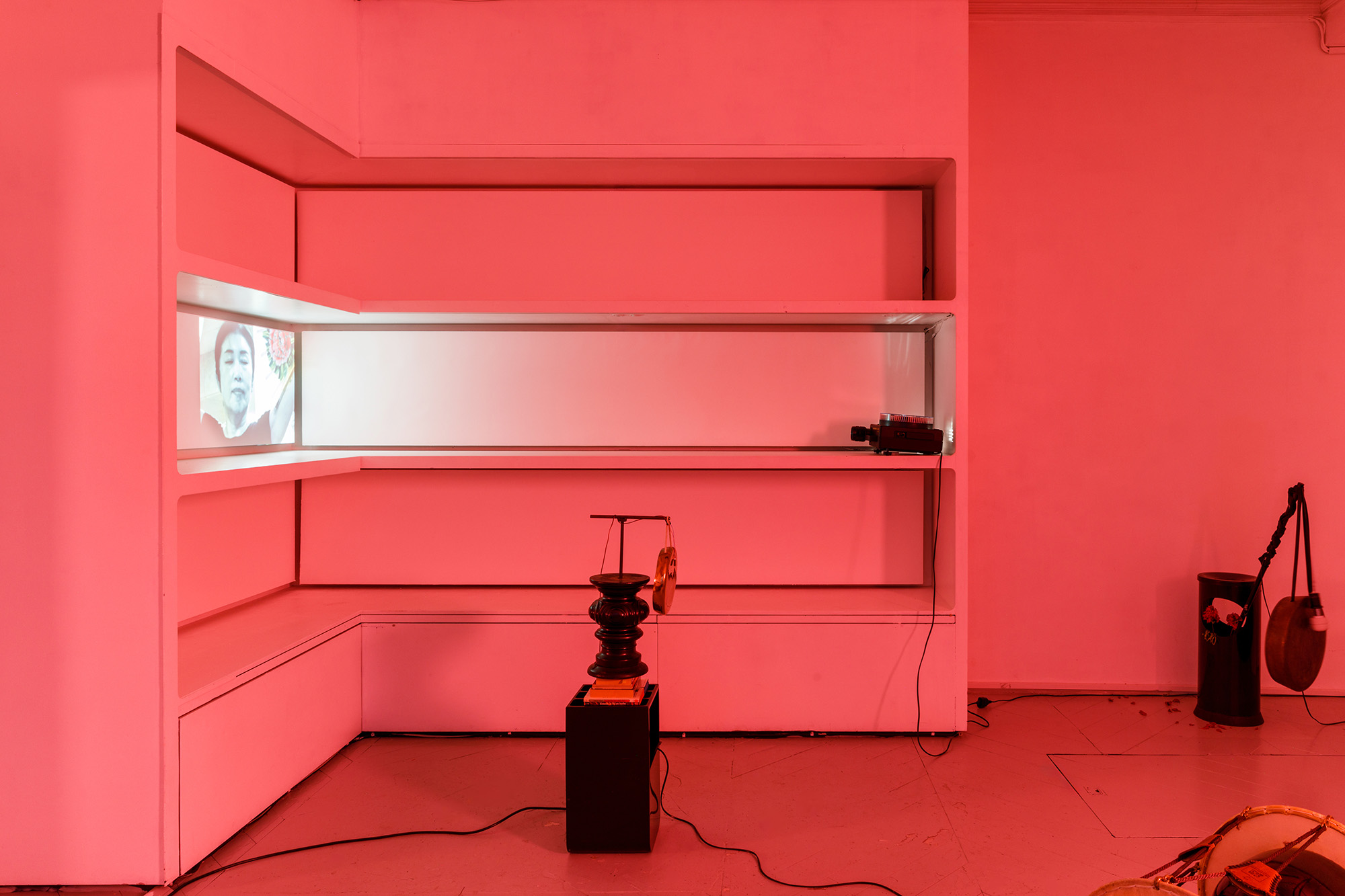
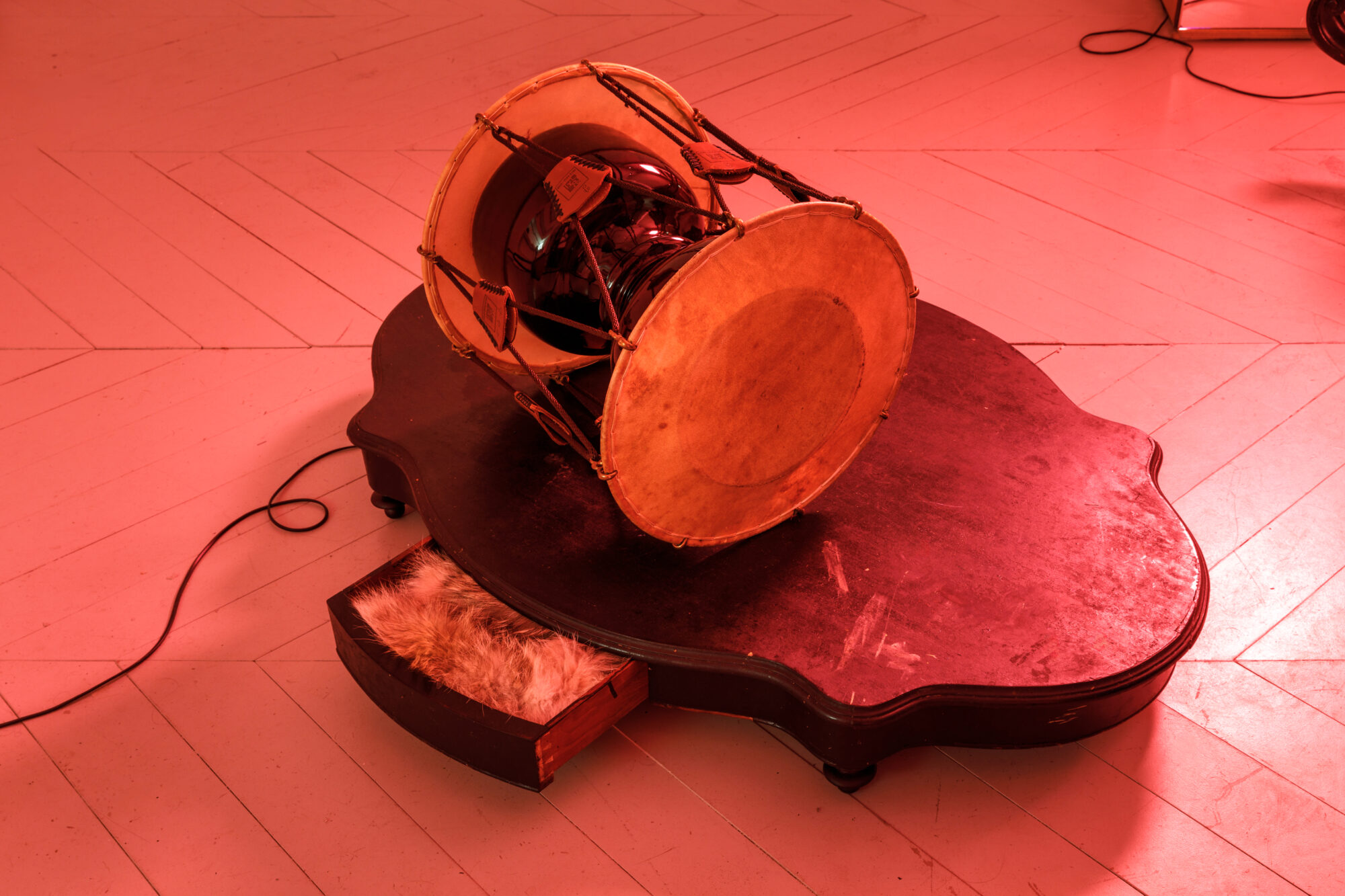
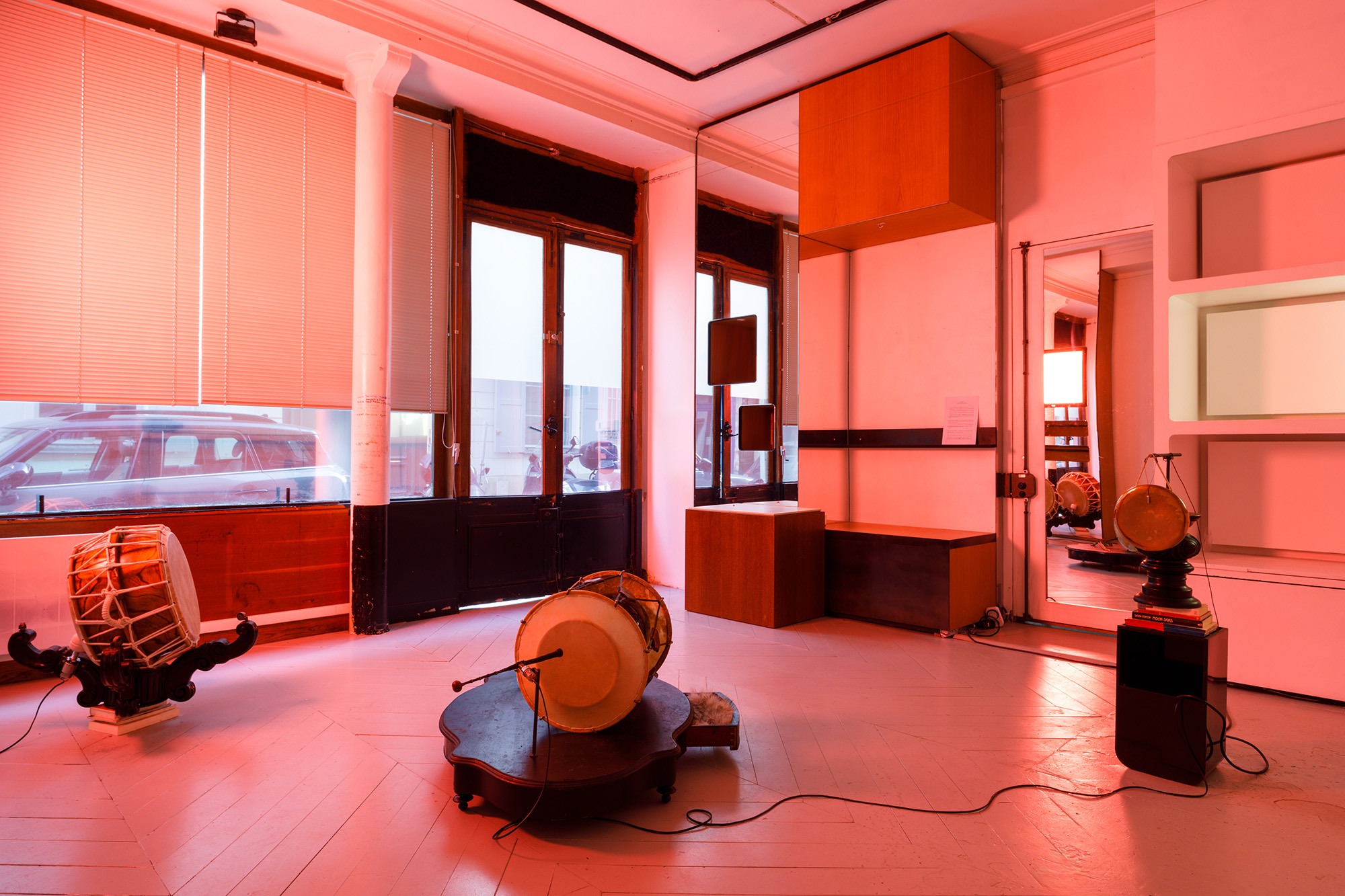
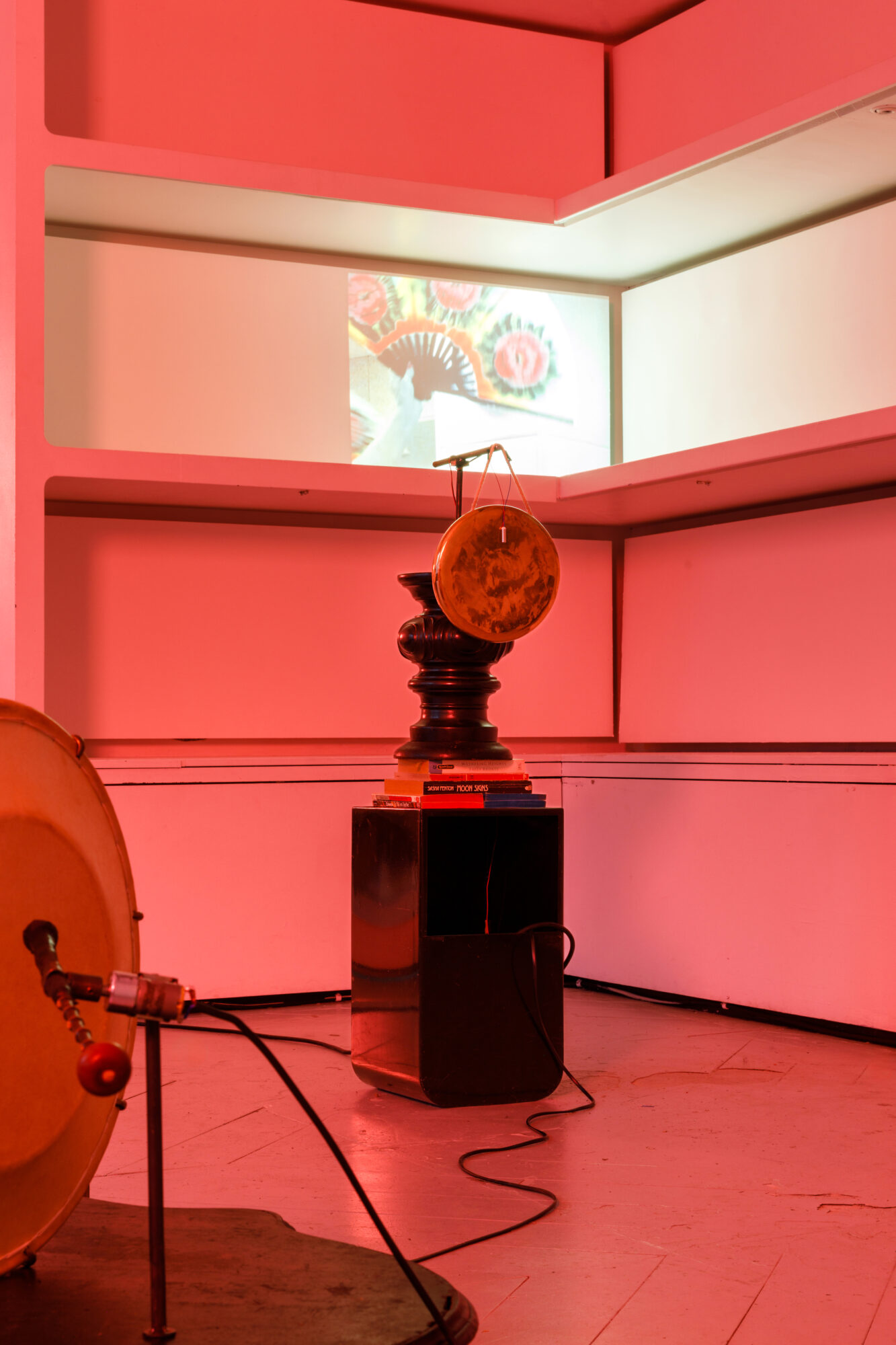
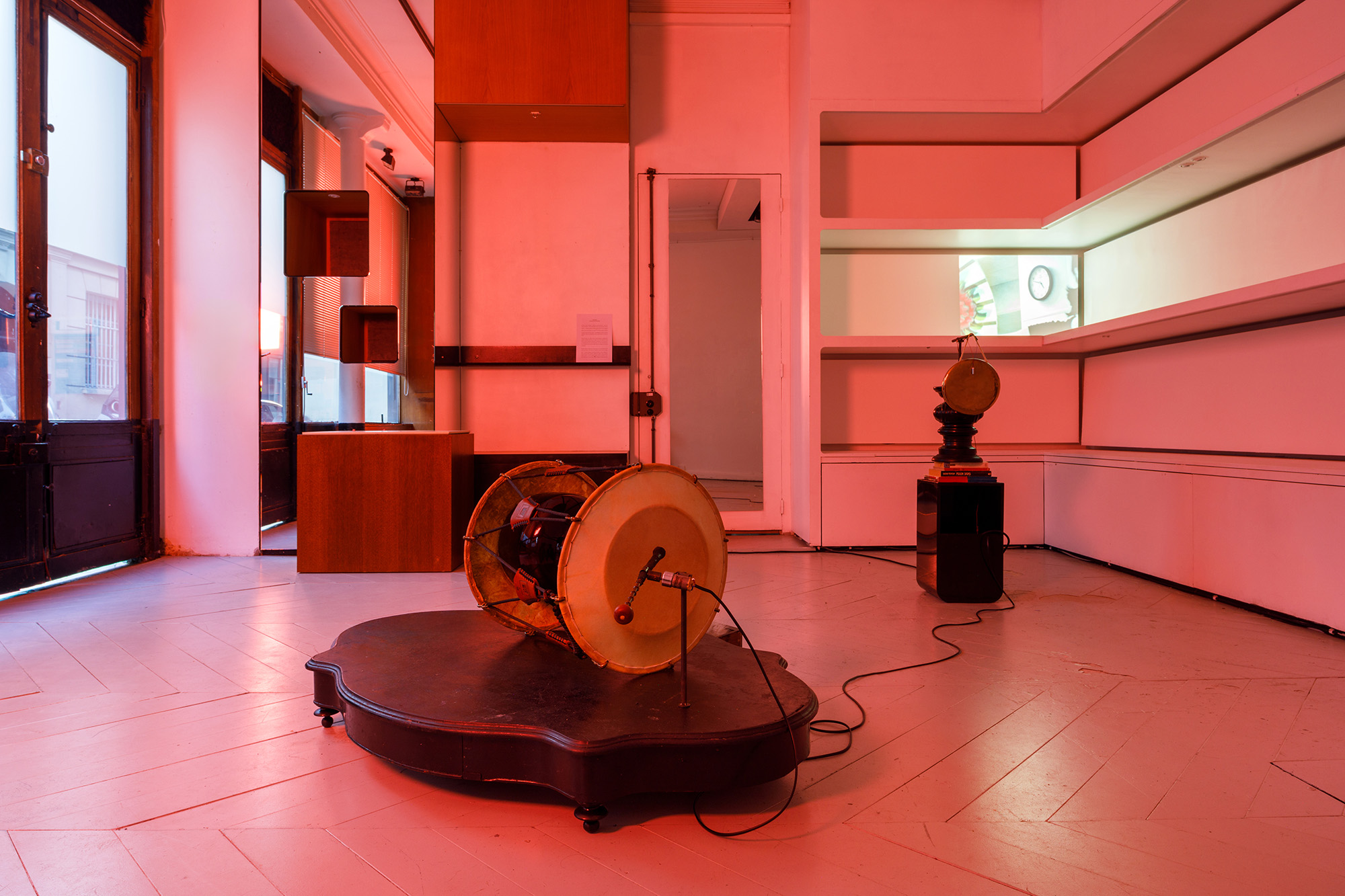
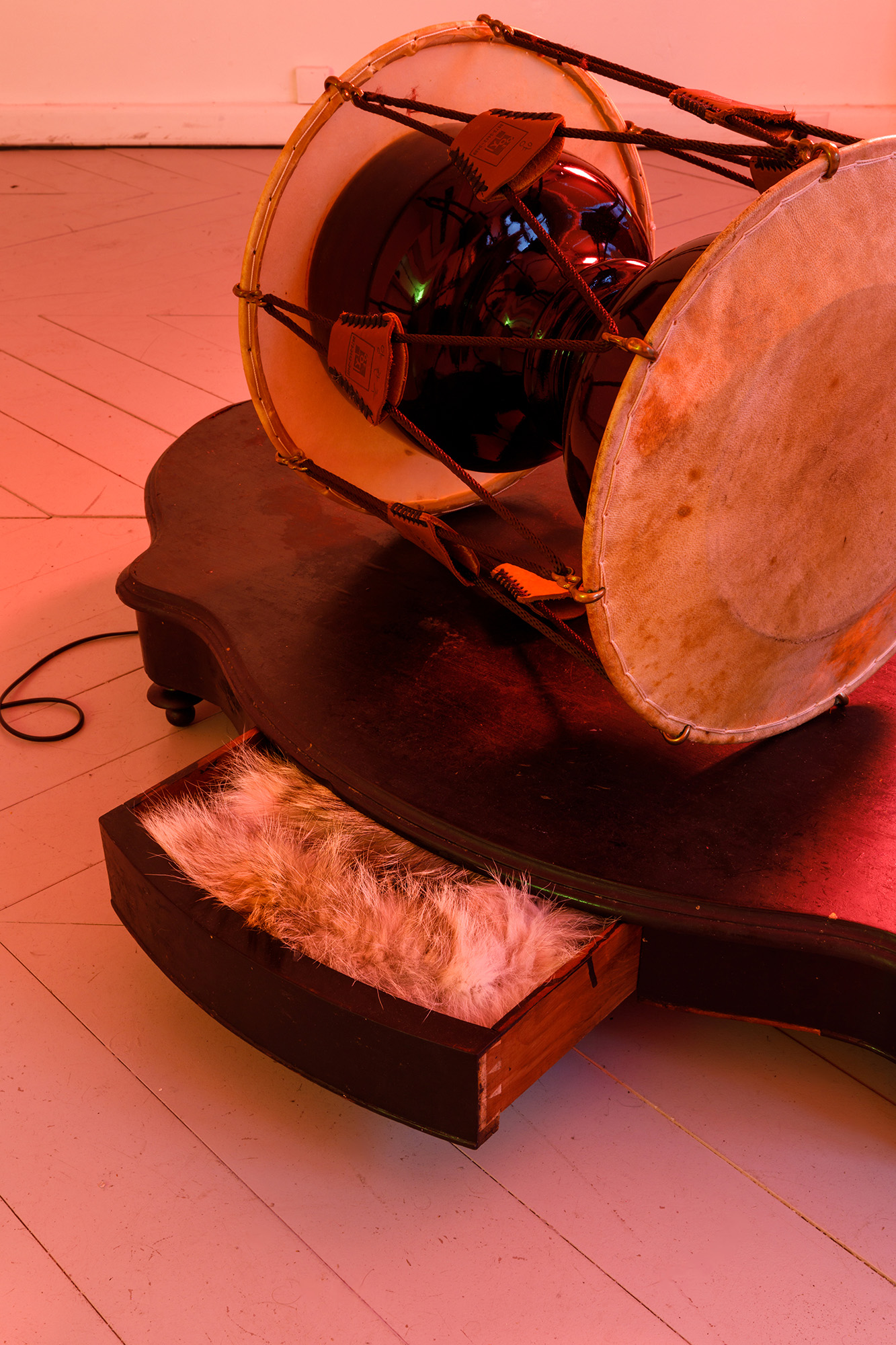
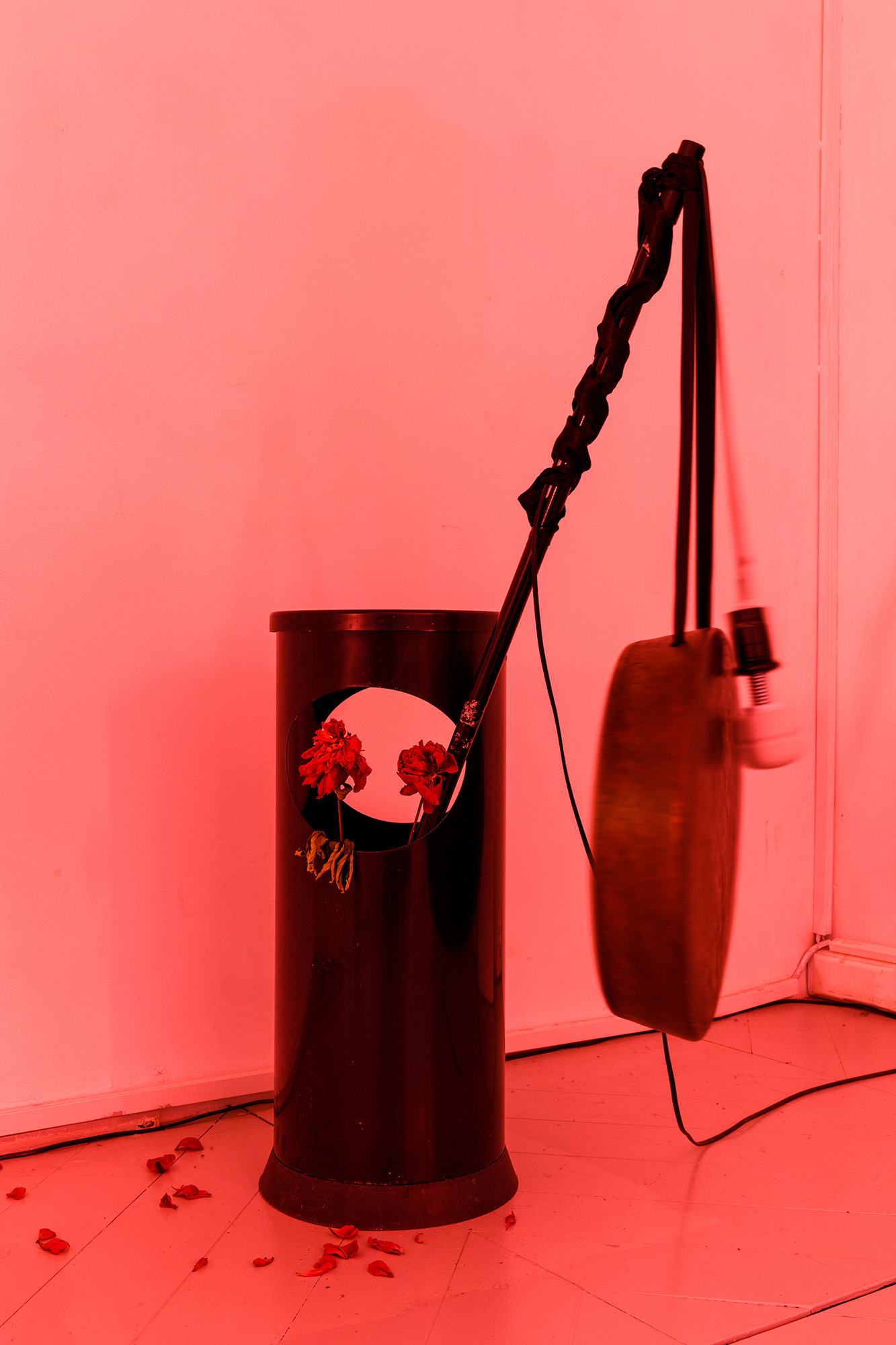










Information
Using both fiction and history, Mira Mann’s work unfolds through performances, moving images and objects to explore the shifts in individual and collective memory, representations and identities. In their recent practice, the front and backstage have taken on a special role as spaces for construction and deconstruction of selves.
rain real soon is an exhibition following a three-month residency in Paris, during which Mira Mann focused on the figure of Korean actress and dancer Choi Seung Hee. Going back to places where she performed during her stay in Paris between 1938 and 1939, Mira Mann collects gestures, dances and sounds, putting into perspective the exoticizing utopias of socialist modernism and their persistence in the desire for the imaginary associated with Asia.
A few weeks before shooting the film that will conclude Mira Mann’s research, “rain real soon” brings together recent works linked to repetition and resonance, the transmission of cultural heritages, and the calls for ectasic, collective and meteorological events.
****
exhibition text:
On stage, 사물놀이 [samulnori] — literally “the play of four things” — is based on a set of instruments: the 꽹과리 [kkwaenggwari], a small gong, represents lightning; the 징 [jing], a larger gong, symbolizes wind; the 장구 [janggu], an hourglass-shaped drum, stands for rain; and the 북 [buk], a barrel drum, represents clouds. All of these belong to the family of traditional Korean percussion instruments known as 풍물 [pungmul], a term that could be translated as “objects of the storm.”
Rooted in Korean folklore and shamanic rituals, pungmul instruments are played collectively by the diaspora — in schools during the afternoon and at festivals. They are also regularly used in protests and were notably present during the student uprisings in 1980s Korea. Carrying a 꽹과리 [kkwaenggwari] gong — even just in one’s pocket — could signal a coming act of resistance and result in arrest.
Mira Mann combines these instruments with objects gathered during their stay in Paris, making them resonate, chime, and buzz with the help of motors — some of which come from Magic Wand® vibrator heads. These tools of dissent, entertainment, invocation, or ecstasy become unbalanced in a concert of automated pulses, performed by the sculptures themselves. Like a metronome keeping time, a slide carousel projects images of a rehearsal of 부채춤 [buchaechum], the fan dance — a neo-traditional choreography created in the 1950s. The fragmentation of the filmed sequence disrupts the fluidity of the dance and unsettles the gaze that seeks to fix it. Pink, orange, green, and yellow tones — drawn from the peony motifs of the fan — gradually saturate the space, intoxicating the atmosphere with their acidic hues (toxic pink).
A decorative object, the fan has at times also served as a weapon — used to conceal poison or razor blades capable of injuring an opponent with a mere brush. Here, it mingles with a forgotten accessory in a drawer, a broomstick wrapped in satin, and stacks of precariously balanced books: a constellation of elements that speaks to Mira Mann’s interest in costume, backstage spaces, and the construction and fictionalization of the self.
“rain real soon” follows “objects of the wind” (April 2024), a performance in which they placed contemporary drummer Domi Chansorn face-to-face with the all-women pungmul ensemble DA-SSI-RA-GI — a name evoking both group interaction and the idea of perpetual rebirth or blooming. This exhibition continues their re-reading of traditions and imaginaries through strategies of resistance, seduction, and translation. It will rain soon.
rain real soon, Mira Mann.
Curated by Salomé Burstein & Elsa Vettier.
assisted by Alexis de Bonis.